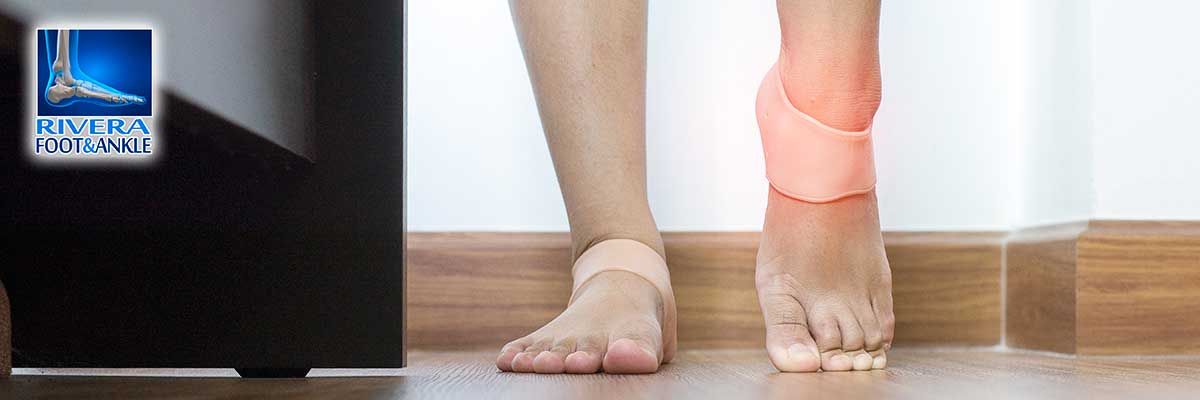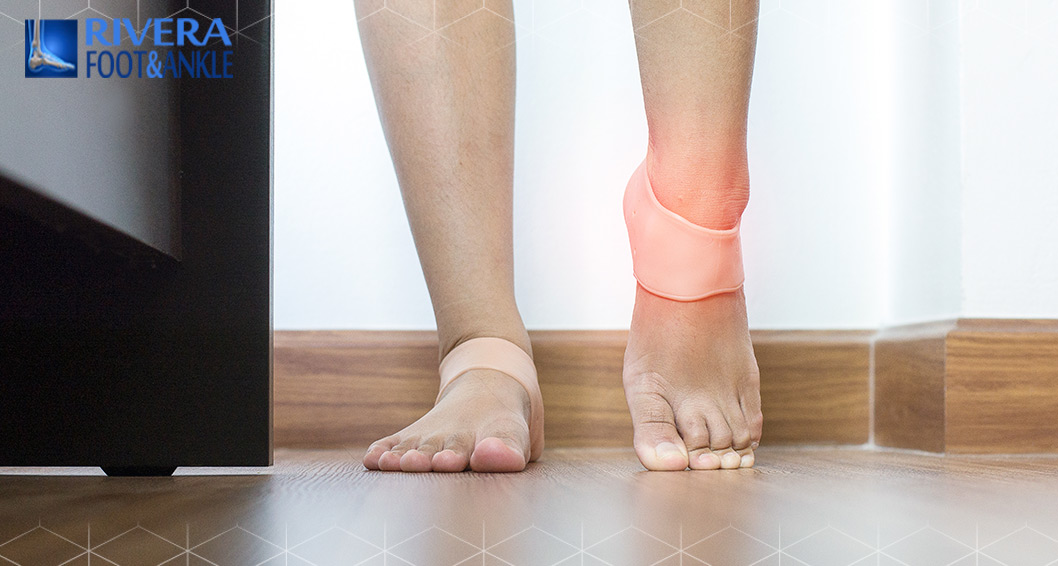
Foot & ankle specialists
Antalgic Gait – Symptoms, Causes & Treatment
Overview
If it hurts to put your weight on your foot, knee, or hip when you walk, you’ll likely avoid putting pressure on the painful area. That often results in limping. When you walk with a limp that’s caused by pain, it’s referred to as walking with an antalgic gait.
Causes of antalgic gait
The root of walking with an antalgic gait is pain. That pain can come from a number of causes including:
Injury
- sports
- car accident
- work accident
Arthritis
- rheumatoid arthritis
- osteoarthritis
- gout
- psoriatic arthritis
Joint or leg deformity
- partial dislocation of a joint
- bone malalignment after healing from a fracture
- rickets, caused by a vitamin D deficiency
Back issues
- sciatica
- spinal osteomyelitis, which is a bacterial infection in a disc between your spinal vertebrae
- discitis
Treatments for antalgic gait
The treatment of antalgic gait starts with the identification and treatment of the underlying pain. Once the cause has been pinpointed, your doctor may prescribe specific treatment, such as:
Arthritis
Depending on the type of arthritis you have, your doctor may prescribe or recommend:
- nonsteroidal anti-inflammatory drugs
- acetaminophen
- duloxetine
- disease-modifying antirheumatic drugs
- Janus kinase inhibitors
- corticosteroids
- colchicine
Leg or joint deformity
- Joint dislocation. Your doctor will move your joint into place and then immobilize it while the injury heals. They may also prescribe pain medication.
- Bone malalignment. Your doctor might perform an osteotomy. This involves cutting or rebreaking the bone, realigning it, and repairing it with a rod down the middle or with a plate and screws.
- Rickets. Your doctor will recommend increasing intake of calcium and vitamin D.
Back issues
- Sciatica. Although most cases resolve themselves without treatment in about six weeks, your doctor might prescribe anti-inflammatory pain medication. They might also recommend hot or cold packs and a directed exercise program.
- Spinal osteomyelitis. Your doctor will typically treat this condition with six weeks of intravenous antibiotics. Surgery to remove the infection is required in about half of these cases.
- Discitis. Along with pain control, your doctor might prescribe a three-month course of antibiotics if you have bacterial infection. Your doctor might consider surgery as well.
While the cause of your pain is being determined and addressed, your doctor may prescribe treatment to normalize your gait as much as possible, including:
- Cane, crutches, or a walker. Especially in cases of trauma, these devices help take the weight off the painful area to help the healing process.
- Rest. If your gait is caused by a sprain or muscle issue, rest — often combined with the application of heat or cold — can help the healing process.
- Physical therapy. Physical therapy can help you improve muscle tone, coordination, and joint mobility.
- Exercise. Often low-impact exercise such as swimming and biking are recommended for strength, endurance, and balance training that can affect your gait.
Takeaway
At one point in your life you’ve most likely had an antalgic gait as the result of a trip, fall, or a stubbed toe. The limp isn’t usually permanent and you probably didn’t give it much thought.
There are more serious conditions — such as injury and arthritis — that can cause pain and result in an antalgic gait. In most cases, these conditions can improve with treatment. See your doctor and get a full diagnosis. Once your pain’s been addressed, your gait can return to normal.
RIVERA FOOT & ANKLE: At Orlando H.Rivera DPM, our priority is to deliver quality care to informed patients in a comfortable and convenient setting. When you have problems with your feet, you need to turn to a podiatrist who listens and responds… an experienced doctor who knows the field and can effectively diagnose and treat your needs… a friendly physician who counsels you on the best ways to maintain and improve your health. Our physician(s) meet all these criteria. Plus, you benefit from a dedicated team of trained professionals who give you the individualized attention you deserve.

Foot & ankle specialists
Foot and Ankle, Dr. Orlando Rivera, Advanced Foot & Ankle Specialist, Foot and Ankle Podiatry, Houston Foot & Ankle Surgical, Treatment of Foot and Ankle, Foot & ankle specialists, Podiatrist in houston, podiatrist in houston, Orlando H.Rivera DPM, Houston Foot Doctor, Foot and Ankle Surgeon Houston, Ankle and Foot Specialist Houston, Podiatrist Houston, Foot Pain Houston.



